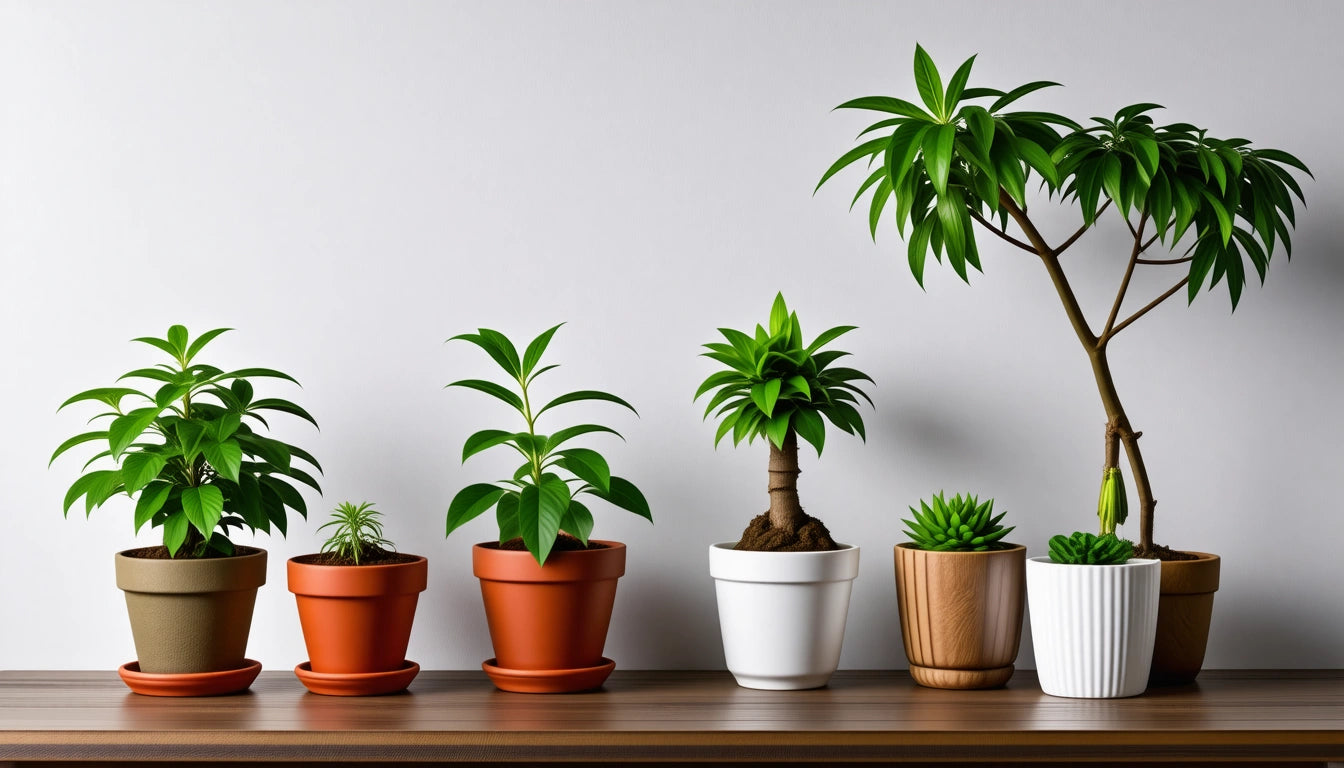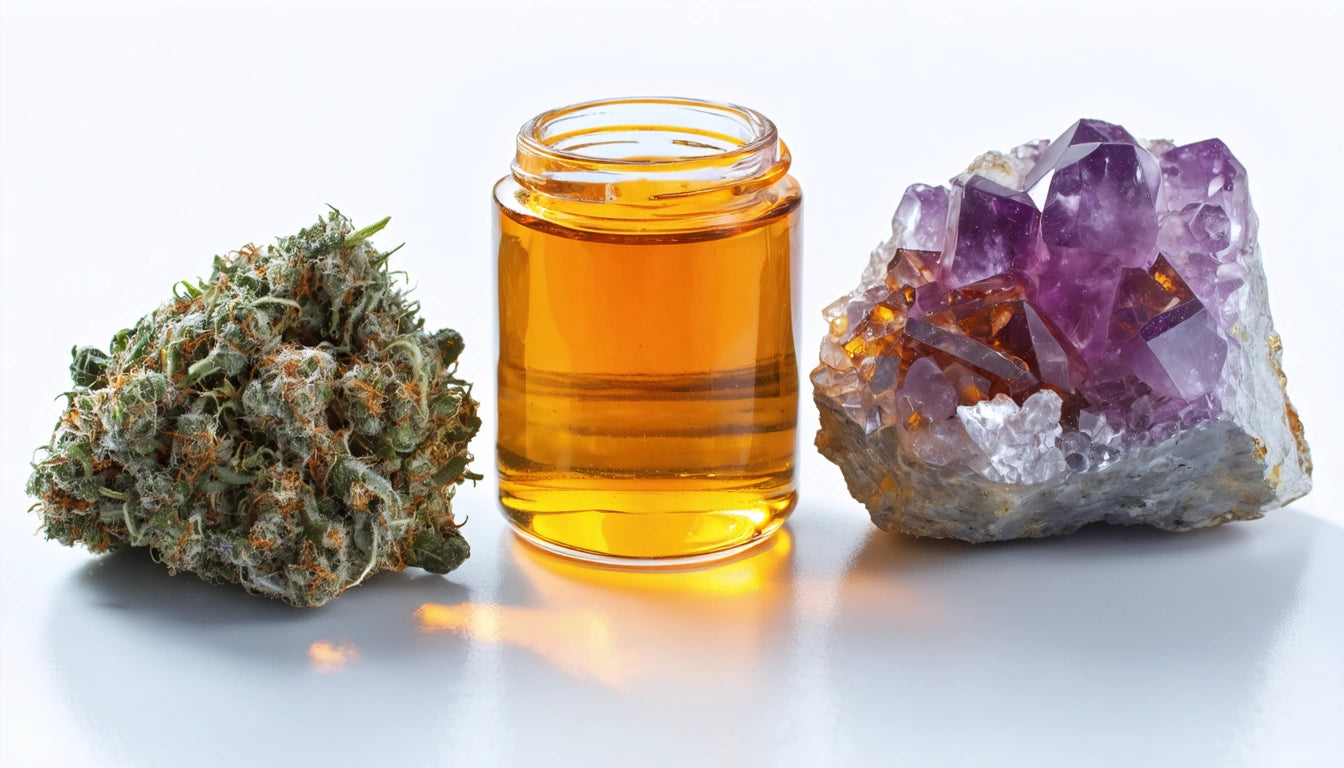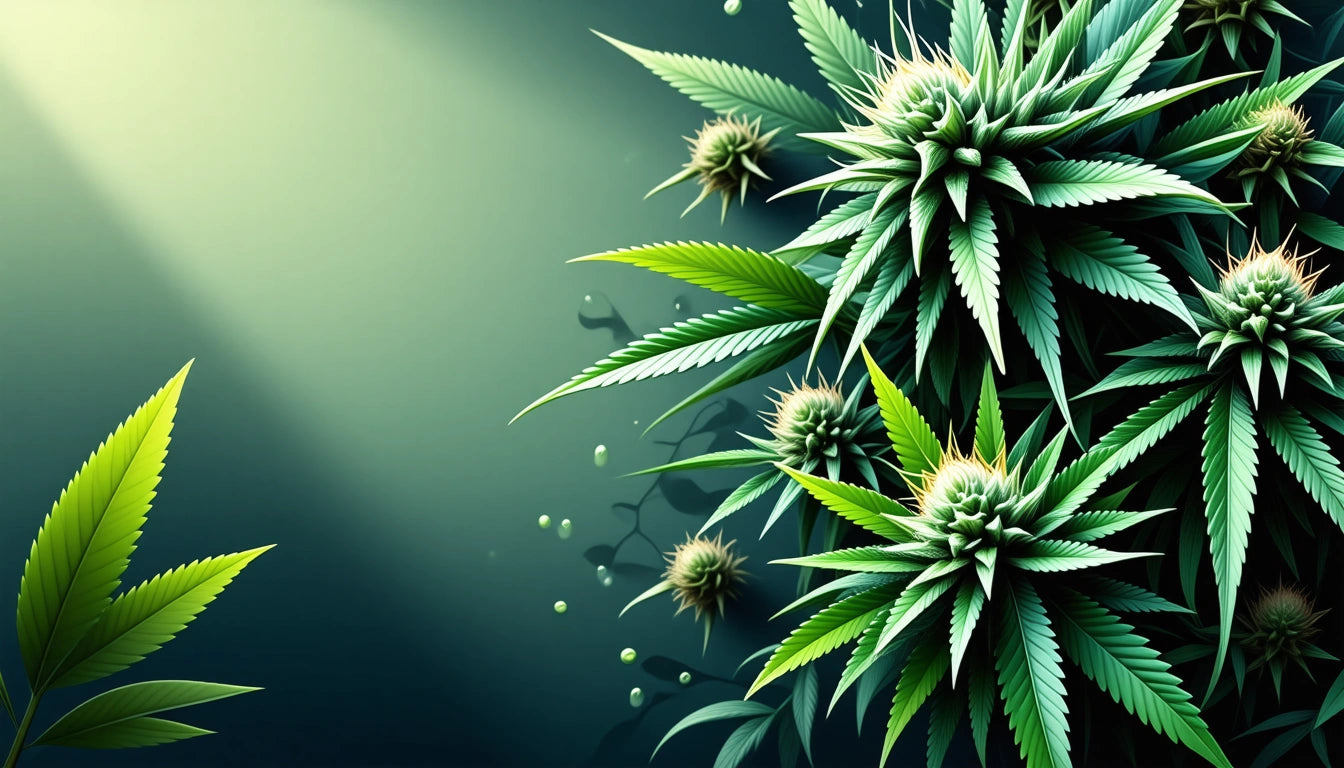Table of Contents
- Importance of Identifying Male vs Female Pot Plants
- Visual Identification Methods for Pot Plants
- Biological Roles of Male and Female Pot Plants
- Cultivation Considerations Based on Plant Sex
- Common Misconceptions About Male and Female Pot Plants
- Practical Applications of Plant Sex Knowledge in Cannabis Industry
Understanding the Differences Between Male and Female Pot Plants
Cannabis cultivation success largely depends on understanding the differences between male and female pot plants. Whether growing for personal use or commercial production, identifying plant sex is a fundamental skill that directly impacts yield quality and quantity. This guide explores the key distinctions between male vs female pot plants and provides practical identification methods for growers at all experience levels.
Importance of Identifying Male vs Female Pot Plants
Distinguishing between male and female pot plants is crucial because only female plants produce the resin-rich flowers (buds) prized for their cannabinoid content. Male plants primarily serve reproductive purposes, producing pollen that fertilizes females. In most cultivation scenarios, especially when growing for consumption, unfertilized female plants (known as sinsemilla) are preferred as they direct energy toward cannabinoid production rather than seed development.
According to cannabis plant identification experts, early sex determination allows growers to remove male plants before they can pollinate females, preventing unwanted seed production and maintaining potency in the final harvest.
Visual Identification Methods for Pot Plants
Learning to identify male or female pot plants requires close observation of specific plant structures that develop during growth. The most reliable visual indicators appear during the pre-flowering and flowering stages.
Pre-Flowering Stage Indicators
The pre-flowering stage, typically occurring 4-6 weeks into the vegetative growth phase, provides the first reliable indicators of plant sex. During this period, plants develop pre-flowers at the nodes (where branches meet the main stem).
- Female pre-flowers appear as small, teardrop-shaped structures with one or two white pistils (hair-like structures) protruding from the top.
- Male pre-flowers develop as small, round balls without pistils, eventually forming into pollen sacs.
As outlined in this comprehensive guide, examining these structures with a magnifying glass can help with early identification before plants fully express their sex characteristics.
Flowering Stage Differences
During the flowering stage, the differences between male and female pot plants become unmistakable:
- Female plants develop clusters of pistils that grow into dense, resin-covered buds. These structures appear at the nodes and eventually form the consumable portion of the plant.
- Male plants produce hanging pollen sacs that resemble small balls. These sacs eventually open to release pollen for fertilization.
When selecting premium pre-roll packaging solutions for your harvested flower, understanding the characteristics of female plants helps ensure you're packaging only the highest quality cannabis products for your customers.
Biological Roles of Male and Female Pot Plants
Understanding what is the difference between male and female pot plants goes beyond visual identification to include their distinct biological functions:
Female plants focus on producing cannabinoid-rich flowers to attract pollen. When unfertilized, they continue developing resin glands (trichomes) that contain THC, CBD, and other valuable compounds. This is why female plants are primarily cultivated for medicinal and recreational use.
Male plants, while often removed from commercial grows, play essential roles in:
- Breeding programs for creating new strains
- Hemp fiber production (male plants typically produce stronger fibers)
- Genetic diversity maintenance in natural populations
As explained in this detailed analysis, both sexes contribute valuable traits to cannabis genetics, though they serve different purposes in cultivation.
Cultivation Considerations Based on Plant Sex
Growing strategies differ significantly based on whether you're working with male vs female pot plants:
For female plants:
- Provide higher nitrogen during vegetative growth
- Transition to phosphorus-rich nutrients during flowering
- Consider techniques like topping and training to maximize bud sites
- Monitor closely for hermaphroditism (development of both male and female characteristics)
For male plants (if keeping for breeding):
- Isolate from females to prevent unintended pollination
- Select males based on desirable traits like vigor, aroma, and structure
- Collect pollen in controlled environments to prevent contamination
Understanding the dagga plant male or female characteristics helps growers make informed decisions about resource allocation and cultivation techniques.
Common Misconceptions About Male and Female Pot Plants
Several myths persist about male vs female pot plants that can mislead novice growers:
-
Myth: Male plants contain no useful compounds.
Reality: While lower in cannabinoids than females, males do contain valuable compounds and can be used for extractions. -
Myth: You can determine plant sex from seeds.
Reality: Plant sex cannot be reliably determined from seed appearance alone, as detailed in this seed identification guide. -
Myth: All male plants should always be discarded.
Reality: Males are valuable for breeding programs and certain industrial applications.
Practical Applications of Plant Sex Knowledge in Cannabis Industry
Understanding pot male or female characteristics has practical implications throughout the cannabis supply chain:
- Cultivation efficiency: Early identification allows for optimized space and resource allocation
- Product development: Feminized seed production relies on manipulating plant sex expression
- Quality control: Preventing pollination maintains higher cannabinoid levels in flower
- Breeding programs: Selecting superior male and female plants leads to improved genetics
For commercial operations, this knowledge directly impacts profitability. Professional cultivation practices emphasize systematic identification and separation protocols to maintain crop quality.
Whether you're a home grower or commercial cultivator, understanding the fundamental differences between male and female pot plants forms the foundation of successful cannabis cultivation. By learning to identify plant sex early and accurately, you can make informed decisions that maximize yield quality and achieve your specific cultivation goals.











Leave a comment
All comments are moderated before being published.
This site is protected by hCaptcha and the hCaptcha Privacy Policy and Terms of Service apply.